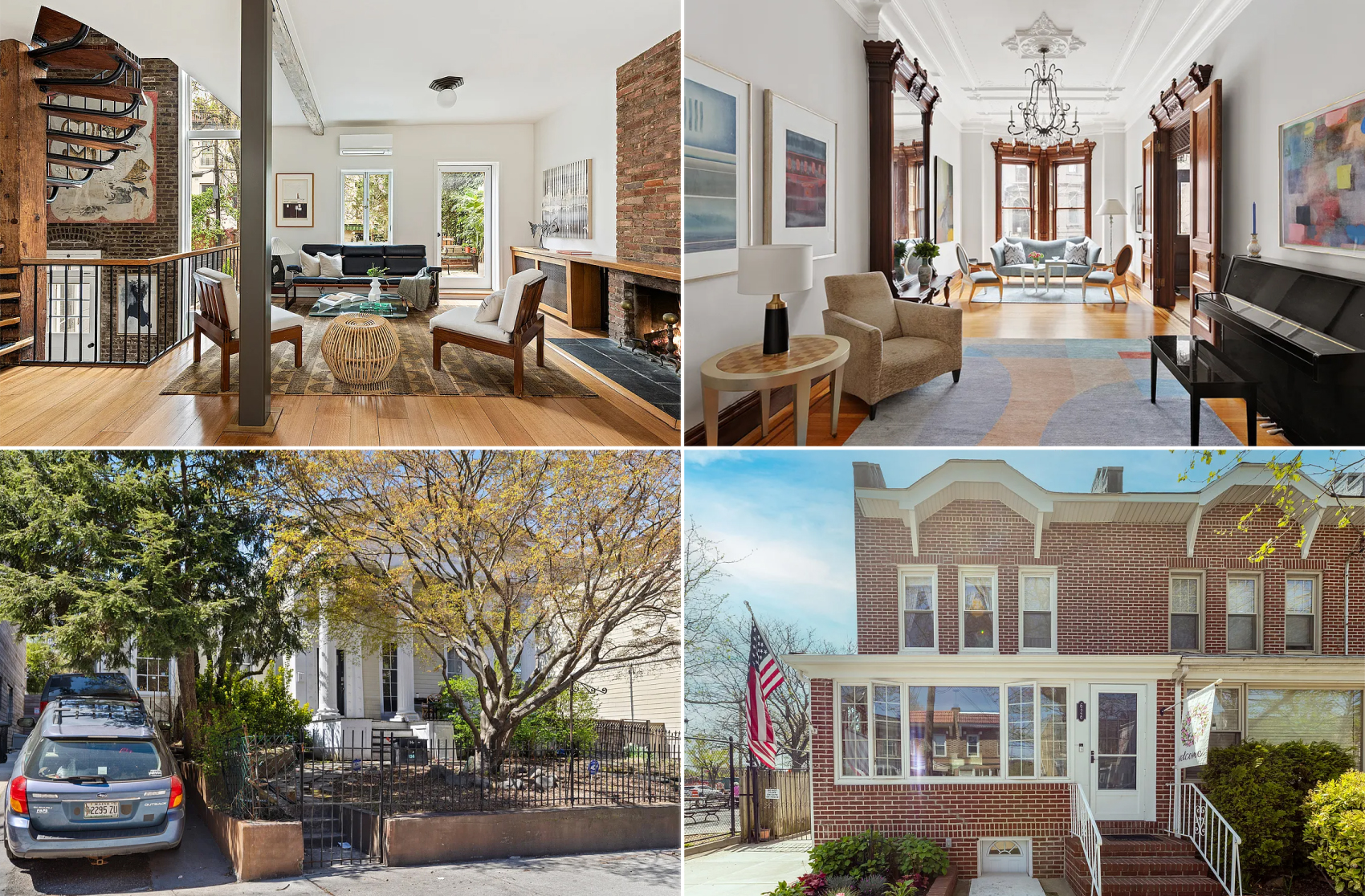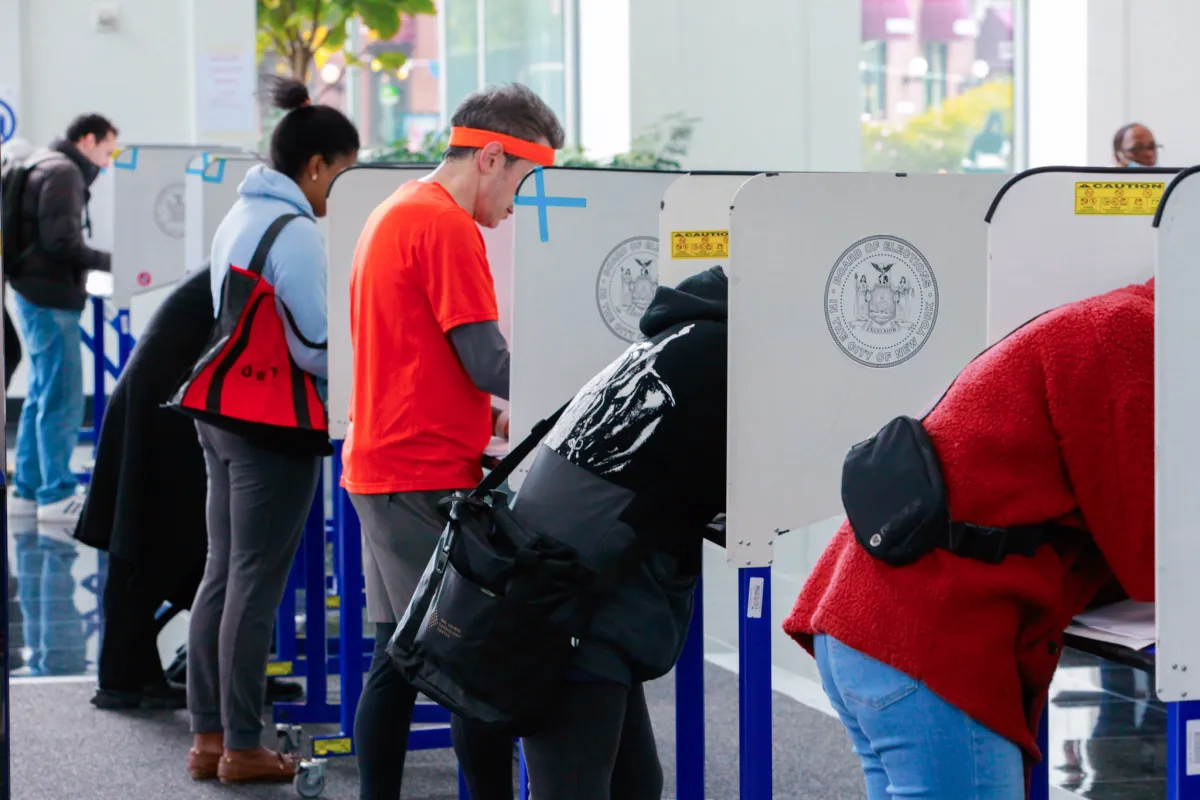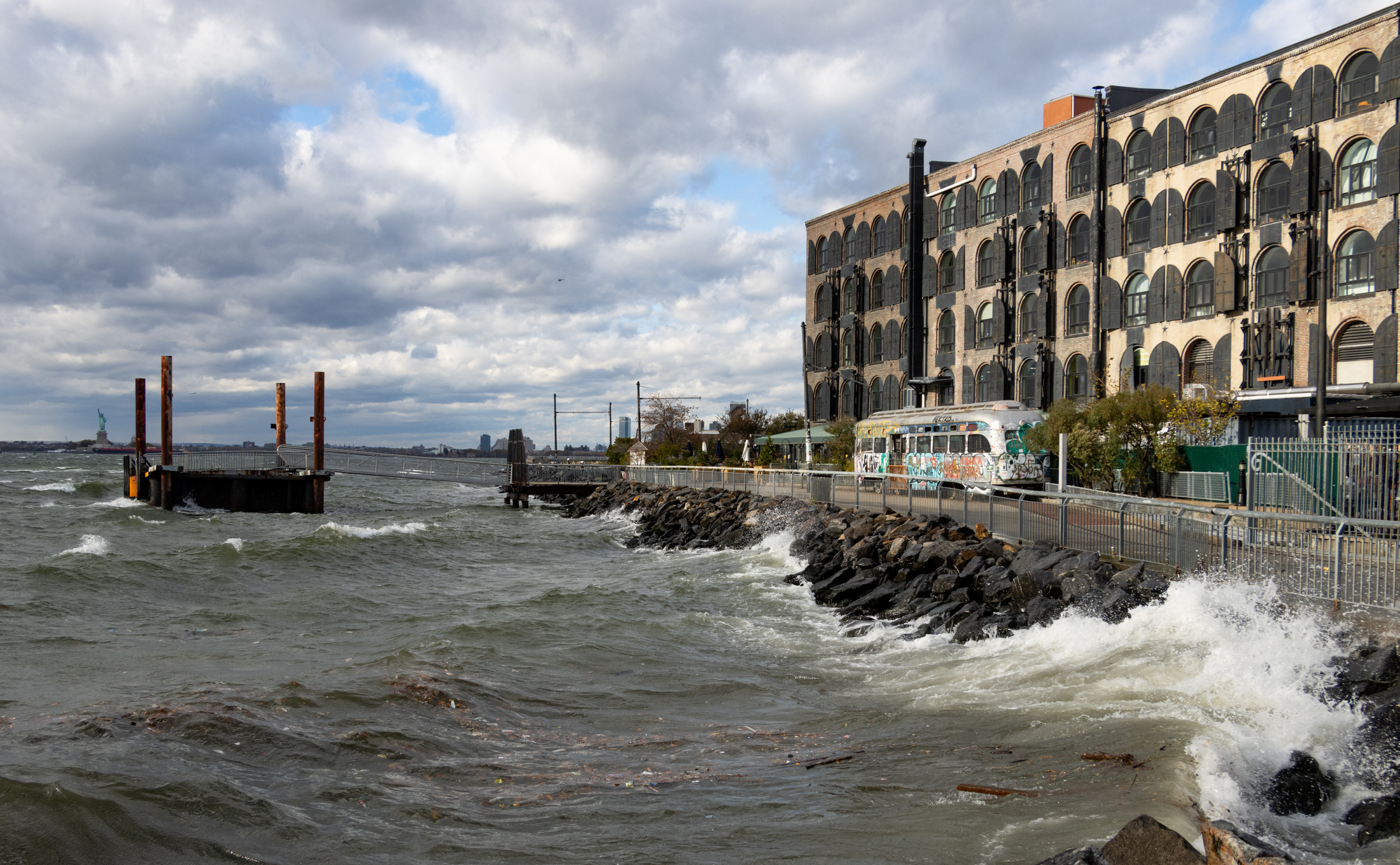Passive House Comes to Brooklyn Heights
[nggallery id=”53667″ template=galleryview] We were invited to tour an in-construction Passive House in Brooklyn Heights, a 1846 brownstone on Sydney Place that was badly remodeled in the 80s and is now receiving a gut renovation to accommodate to the most rigorous energy standard in the world. For details on what a Passive House is, you…
[nggallery id=”53667″ template=galleryview]
We were invited to tour an in-construction Passive House in Brooklyn Heights, a 1846 brownstone on Sydney Place that was badly remodeled in the 80s and is now receiving a gut renovation to accommodate to the most rigorous energy standard in the world. For details on what a Passive House is, you can visit this website or listen to this helpful NPR feature. We can tell you it is a house-wide energy system that uses an incredible amount of insulation and effective, insulated windows to create an airtight building. In this particular home, air source heat pumps bring fresh air into the house, filter the air, and then heat or cool the air which in turn heats or cools the house. (This is 80-90 percent more effective than a traditional heating or cooling system.) The contractor on the site, Sam McAfee, told us that the project is the first landmarked Passive House in the US, and the LPC has worked closely with them, especially with the windows. Through the winter, the home could maintaining 55 degrees without heat. Click through the photos to see how certain features in the home work in the system. Construction should be complete by this April.





While I’m all in favor of increased energy efficiency I don’t so much like this governing body seal of approval type thing. And though I love old buildings and neighborhoods I fully understand why people take umbrage about Landmarks. There is a tendency to treat everything as very precious and requiring full preservation, which could be quite stultifying if carried to too far an extreme.
I live in a house that’s that’s at the edge of a landmark district. My neighbor, whose brownstone is pretty much the same thing as mine has it painted blue with wihite trim. It looks pretty good. Meanwhile, my house, which doesn’t appear to have been real brownstone for quite some time, is this flattish dun color… I’m not suggesting that I install casement windows. I don’t think the house would like that, but it’s not a stone house. Why do I have to keep up the bad faux paint job?
I enjoyed reading about the components of the passive house and would like to try to implement some techniques. My weekend barge has very good insulation and hopper type windows and is oriented to get fairly good sun. It stays at about 40 degrees on the coldest days and closer to 60 when temps are around freezing. I may try to improve things.
“there are now tens of thousands of them in Germany and Austria.”
Why do only the Germans and Austrians go for them?
How many have been built in Italy? That’s more a culture I can relate to.
Minard — the first Passivhaus was built in 1990… and there are now tens of thousands of them in Germany and Austria.
So can you turn the heat up and down in this thing? (sorry, not a technical person here).
If not, no interest.
cmu – your “logic” is baffling. You seem to have a reflexive and impulsive reaction to the idea of landmarking (bad!), and instead favor a broad mandate for very restrictive zoning to limit alterations to buildings (no changes to existing facades! do you mean more restrictive than existing zoning?) Then you suggest that the reason for high prices in brownstone neighborhoods is Landmarks (OMG – “average” people can’t buy in!) Then you further compare brownstone communities to gated suburban communities on the basis of…well, what? Finally there’s your weird supposition that I would somehow agree with any of your wack analysis. Dude. Get a grip.
Tyburg, its not paranoia, its skepticism. I like asking questions. Natural ventilation has been around for a long time, we know the pros and cons, this is new and worth getting to know better.
I don’t know how long it would take for a family of five or so to diminish the oxygen in a house but would you take a risk going to bed for the night knowing you are in an airtight chamber with no fresh air? I suppose back-up electric heaters can be kept handy for such occasions.
Minard — No. Do you know how much oxygen is in a whole house?! It would take a VERY long time to even get to the point where the O2 saturation levels changed…. if the air exchangers break, you call a service man. He comes to your house and fixes it.
In the meantime, I would suggest no open fires in the living room to avoid using up all of the air.
What is all the paranoia here? I’m thinking this isn’t for you.
so if your ventilator breaks down during one of the really cold windy days we have had lately, you have to open the windows, and since there is no central heat, the house will become an icicle in about three hours. No?
>theoretically, could you suffocate in passivhaus if the ventilation system went down?
The requirement of a 24/7 ventilator is the one thing that grates when it comes to a super-insulated house. Of course, you’re using perhaps a fifth to a tenth of energy to heat/cool the house. If the ventilator breaks down, you’d just crack a couple of windows; you might get too cold or hot but it would be like every other house then afa air exchange is concerned.